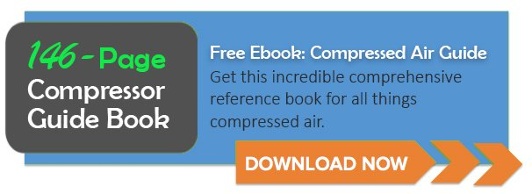- News and media
- About Atlas Copco
- Work with us
- Our complete offering
- Air compressor products, parts and service
- Air compressor industrial solutions
- Air dryers
- Air filters
- Air receivers and aftercoolers
- Gas compressors
- Gas generator
- Industrial condensate treatment solutions range
- Marine compressors
- Mobility compressors
- Oil-free air and nitrogen boosters
- Oil-free air blowers
- Process filters
- Process gas and air equipment
- Service and parts
- Used air compressors
- Vacuum pumps and abatement
- Industrial tools and solutions
- Air motors
- Assembly tools and solutions
- Articulated arms
- Controller floor stands & frames
- Customized solutions with Geared Front Attachment
- Electric assembly systems
- Electric assembly tools
- Error proofing solutions
- Fixtured assembly solutions
- Manual torque wrenches
- Mobile fixtured solutions
- Pneumatic assembly tools
- Quality assurance in tightening
- Torque reaction suspension & rail systems
- Workplace solutions & automation
- Workstation solutions
- Bolting solutions
- Drills
- Joining solutions
- Material removal tools
- Service
- 24/7 rental solutions
- Portable equipment
- Sustainable innovations virtual showroom
- Air compressor products, parts and service



Cabin Pressurization Begins with Compressed Air
Download our free
and comprehensive
compressed air
manual
Take a moment, and think about the last time you took a long hike or drove up a winding mountain road. Do you remember taking longer breaths and finding it harder to breathe? If so, there’s a good reason why. As altitude increases, air thins and becomes less compressed. There’s less gravity to keep the air molecules compact, and this decrease in atmospheric pressure is why it’s harder to breathe.
Thanks to modern technology, asphyxiation isn’t a problem when we’re flying. An aircraft uses bleed air from its gas engine to pressurize the cabin so we can breathe easily when we’re cruising more than 30,000 feet in the air.
How is bleed air produced?
You might be wondering how bleed air is produced. In an aircraft, air enters the gas turbine engine and travels through a series of compressors. The compressors increase the air’s temperature and pressure before mixing it with fuel and igniting it. The small portion of hot compressed air that doesn’t enter the combustion chamber is called bleed air. Instead, bleed air is redirected from the engine through valves, ducting and manifolds to other areas of the aircraft. Bleed air is used in applications such as cabin pressurization, engine starts and de-icing.
How does bleed air pressurize the main cabin?
Before the bleed air enters the fuselage, or main cabin of the aircraft, it is cooled in an intercooler. The bleed air then travels into the belly of the aircraft where air packs further cool the air’s temperature using air cycle refrigeration. Once the air is compressed by the air packs, it is sent to another intercooler and the heat is expelled outside. The air then enters the expansion turbine where it expands and cools.
The bleed air is now ready to mix with cabin air in a manifold that adds new air to the recirculating cabin air. Automatic systems regulate the mixture of heat from the engines and cold air from the air packs to control the cabin temperature. As altitude levels change, the plane’s outflow valve uses its pressure sensors to regulate the incoming air within the cabin. The outflow valve opens and closes as it adjusts cabin pressure.
Since air is constantly flowing through the aircraft, the air you’re breathing on a plane is probably cleaner than the air in your home or at work. Next time you’re on a flight, take a second to breathe in all the clean air you’re getting from aircraft’s pressurization system.
Have a question about how compressed air produces bleed air? Leave us a comment below or send us a message on our Contact Us page.







